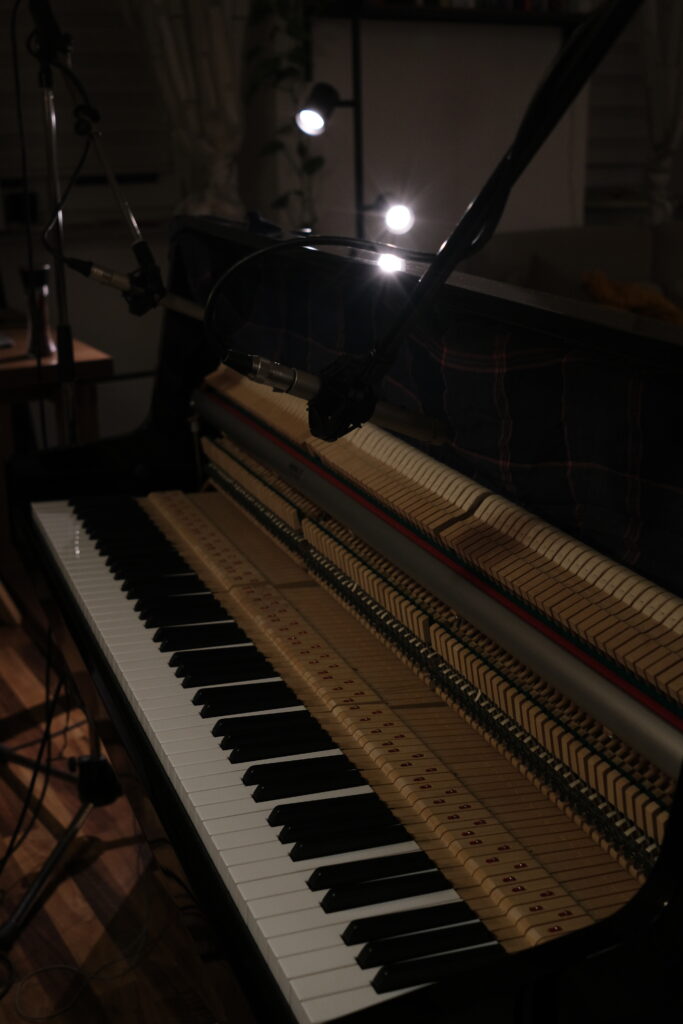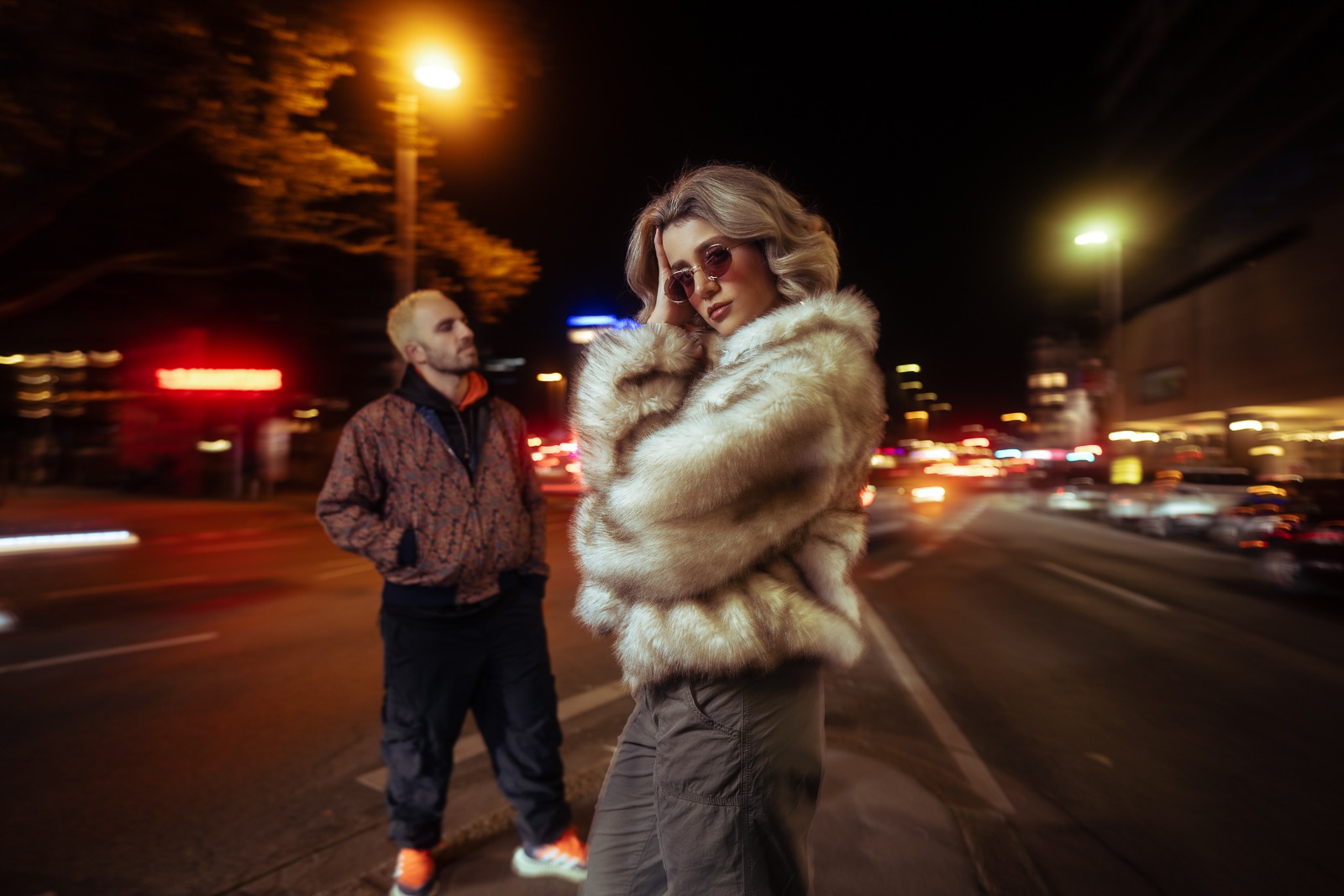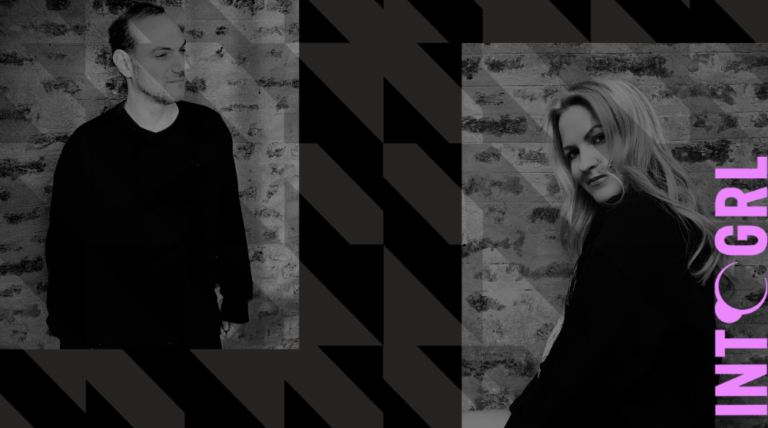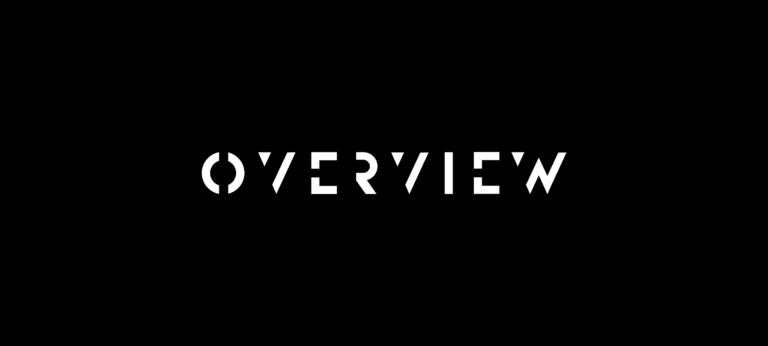Furstein Silent Piano

Hi, it’s Erik from our duo EXEA.
I’ll go a little classical on this one and say the most important gear I own is my upright piano. To be exact, I own a Furstein Silent Piano. “Silent” meaning it has a headphone jack output, which enables me to practice without annoying my neighbours too much on weekends.
I’ve been using it for around five years now, and I’m very happy with it. The keys are quite heavy, which is amazing for practice (to get those fingers nice and strong), and it has a wonderfully warm low end. By layering a thin scarf in front of the hammers, I can kind of turn it into a felt piano sound for more… well, “feeling,” I guess.
Apart from just piano sounds, I’ve also created some shaker and percussion sounds from it by softly plucking the strings.
Of course, I do add some processing to the piano after recording to make it fit better into electronic music—warping, reversing, octave pitching, etc. Still, for me, it stands apart from just another synth or pad sound, even after the effects. It just gives the track a bit more human character, if you know what I mean.
As an example: in our newest single Do It Right, I introduce the piano two bars before the hook comes in. From there on, it basically continues throughout the song with different processing (especially in the last hook—code word: Trance Gate).
More and more producers are starting to incorporate acoustic instruments into their music, which I personally think adds another facet to drum and bass music.
I know you don’t necessarily need to know how to play an instrument to make drum and bass. In fact, a lot of the music I love was made by producers who typed in the music or used a “Midi AI Generator 2000”. After years of music training though (specifically Jazz), the act of drawing notes is just tedious to me. I prefer the keys.


